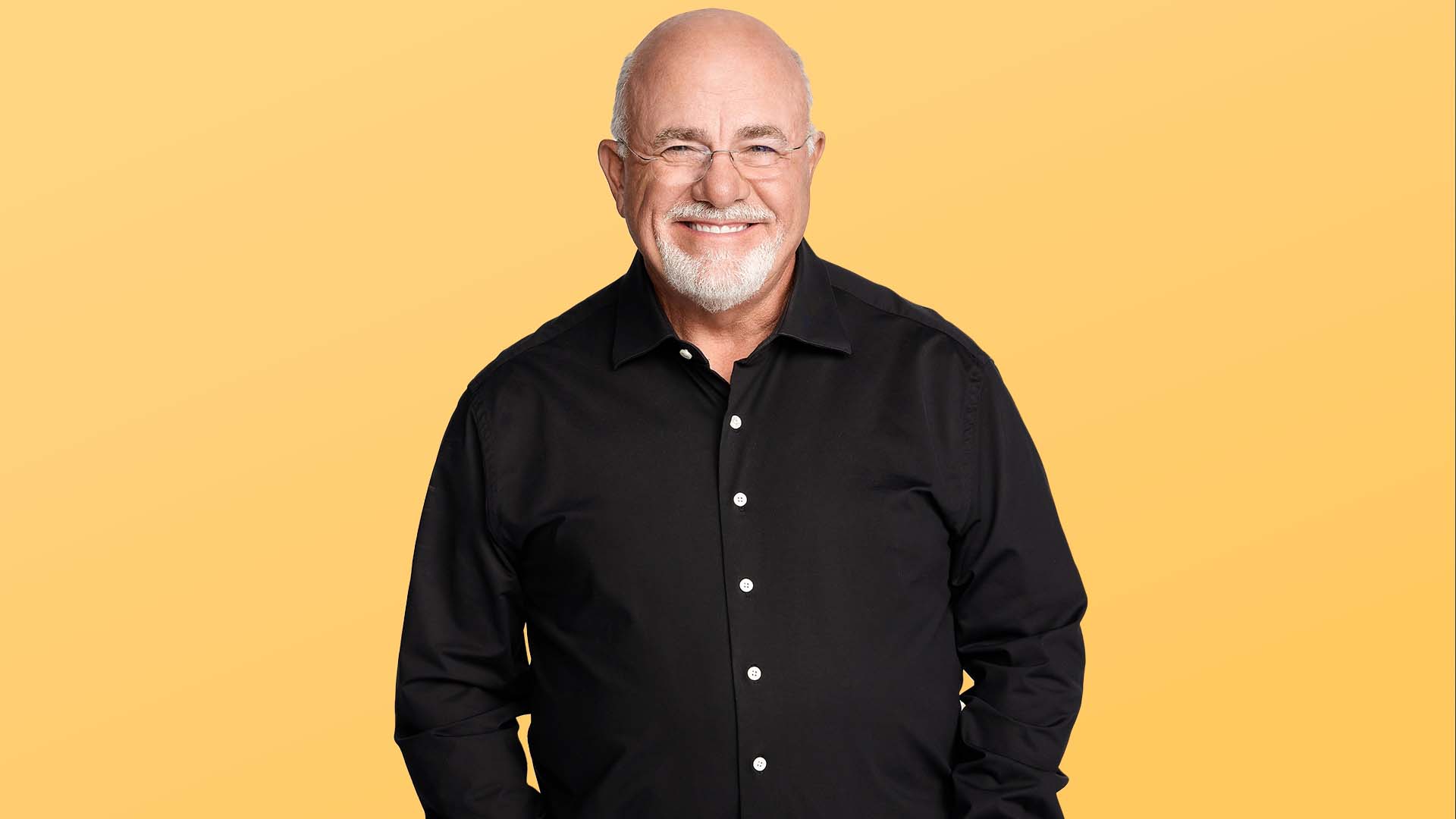Does the 50/30/20 Budgeting Rule Still Really Work?

Commitment to Our Readers
GOBankingRates' editorial team is committed to bringing you unbiased reviews and information. We use data-driven methodologies to evaluate financial products and services - our reviews and ratings are not influenced by advertisers. You can read more about our editorial guidelines and our products and services review methodology.

20 Years
Helping You Live Richer

Reviewed
by Experts

Trusted by
Millions of Readers
Determining what to do with your income after taxes can be a challenge. You want to be smart with your money — making sure your essential needs are covered while putting funds into savings. And, ideally, you also want some cash left over to enjoy yourself. You’re far from alone in these desires, which is why many people have turned to the 50/30/20 method of budgeting.
First popularized by Sen. Elizabeth Warren in her 2005 book “All Your Worth: The Ultimate Lifetime Money Plan,” the 50/30/20 rule offers a straightforward, easy-to-follow approach to money management: Allocate 50% of your after-tax income to necessities, 30% to wants, and 20% to savings.
Twenty years have passed since Warren’s book was published, which begs the question: Does the 50/30/20 rule still hold up today? To explore whether following this approach is still worth your while, GOBankingRates connected with Chris Browning, creator and host of “Popcorn Finance,” as part of our Top 100 Money Experts series.
The Basics — and Appeal — of 50/30/20
When asked why he thinks the 50/30/20 rule became so popular and remains prevalent today, Browning points to that 30% — the portion of your income allocated to wants, such as dining out, traveling or buying the latest iPhone.
“This ‘wants’ category is why this budgeting technique is so popular. It makes enjoying your money a priority, which goes against what so many are taught about how to manage their money,” Browning said.
Instead of taking an overly strict or punitive approach to money management, the 50/30/20 method allows for balance and enjoyment.
At the same time, allocating 50% of your after-tax income to necessities — including housing, transportation, insurance and utilities — ensures your basic needs are met. The remaining 20% goes toward savings and investing, helping you build your financial future. Its simplicity is another point in its favor.
Why It Works for Some but May Need Revising
According to Browning, the 50/30/20 method is especially effective for people who have struggled to maintain a budget. When budgets become too complex or rigid, people often fail to allocate money for enjoyment, which can lead to burnout and, ultimately, abandoning the budget altogether.
“Using broad categories makes budgeting simpler and more realistic, which increases the likelihood that someone will stick with it,” Browning said.
However, he acknowledges the rule is far from perfect. The suggested percentages may not be practical for people who aren’t middle- or high-income earners or who live in areas with a high cost of living. As expenses continue to rise, some experts have suggested revising the rule.
“Some have proposed upping the needs category to 60% to account for the huge rise in the cost of housing, while reducing either the amount put aside for wants and/or savings,” he said.
With Flexibility, You Can Make It Work
Despite concerns about how well the 50/30/20 rule reflects today’s cost of living — especially in expensive cities — Browning still believes it’s a helpful starting point for those new to budgeting. The key is to view the rule as a guide, not a hard-and-fast law.
“Many people will find these percentages easy to stick with, while others might find them unrealistic or too basic for their needs,” he said. “If you’re new to budgeting, I’d recommend giving these percentages a try and seeing how your spending lines up.”
For more experienced budgeters, Browning recommends a few adjustments:
- If you live in an expensive city, increase your needs category to 60% and decrease wants from 30% to 20%.
- If you’re saving for college, boost your savings from 20% to 30% and reduce your wants accordingly.
There are dozens of possible configurations — and that flexibility is the point.
“What’s most important is that you continue to work to find a budget that works for you, instead of just giving up altogether,” he said.
Bottom Line
Is the 50/30/20 rule still worth following? According to Chris Browning, the answer is largely yes — as long as you’re willing to adjust the percentages based on your individual circumstances.
This article is part of GOBankingRates’ Top 100 Money Experts series, where we spotlight expert answers to the biggest financial questions Americans are asking. Have a question of your own? Share it on our hub — and you’ll be entered for a chance to win $500.
More From GoBankingRates
 Written by
Written by  Edited by
Edited by  Money Expert
Money Expert 










































































































